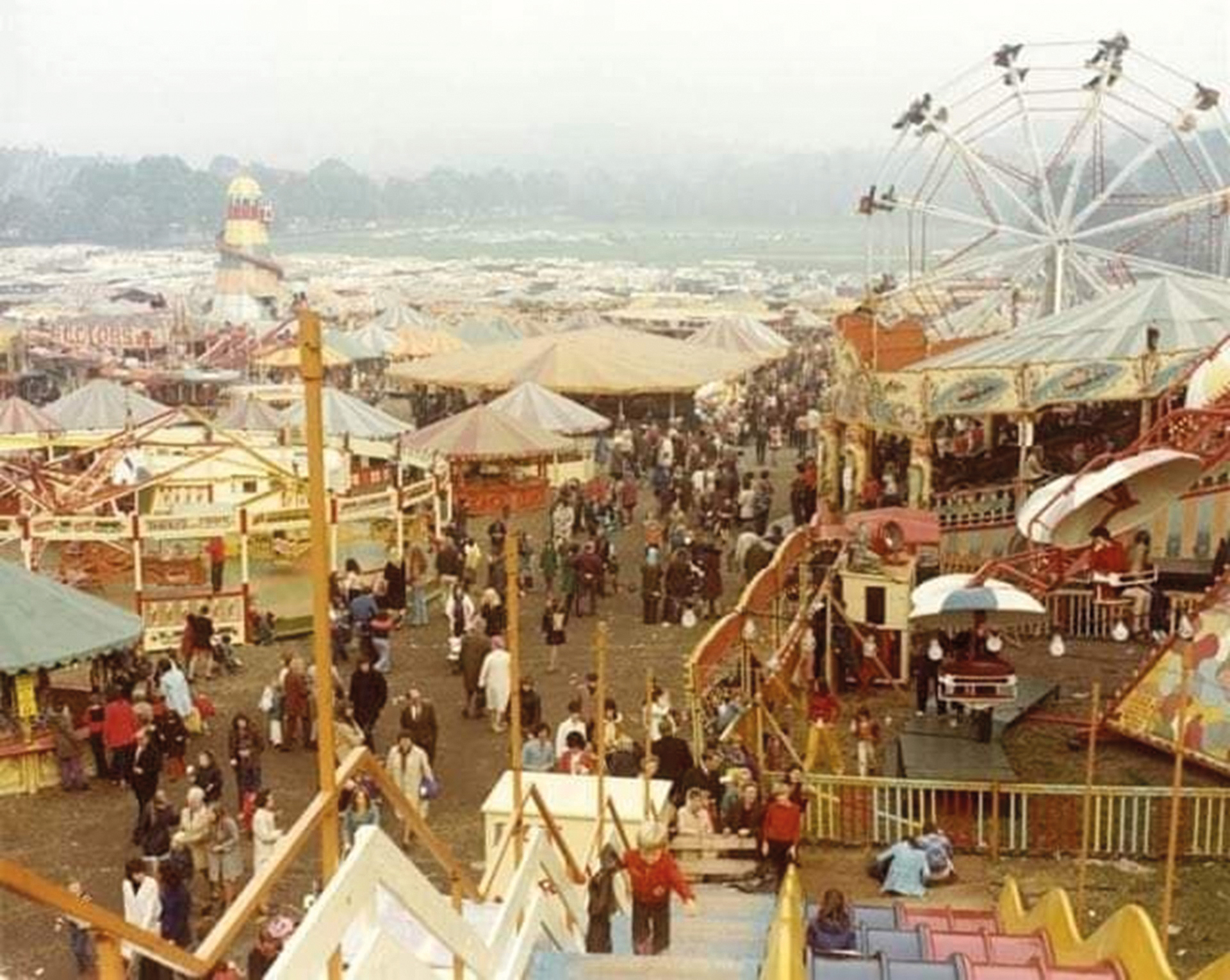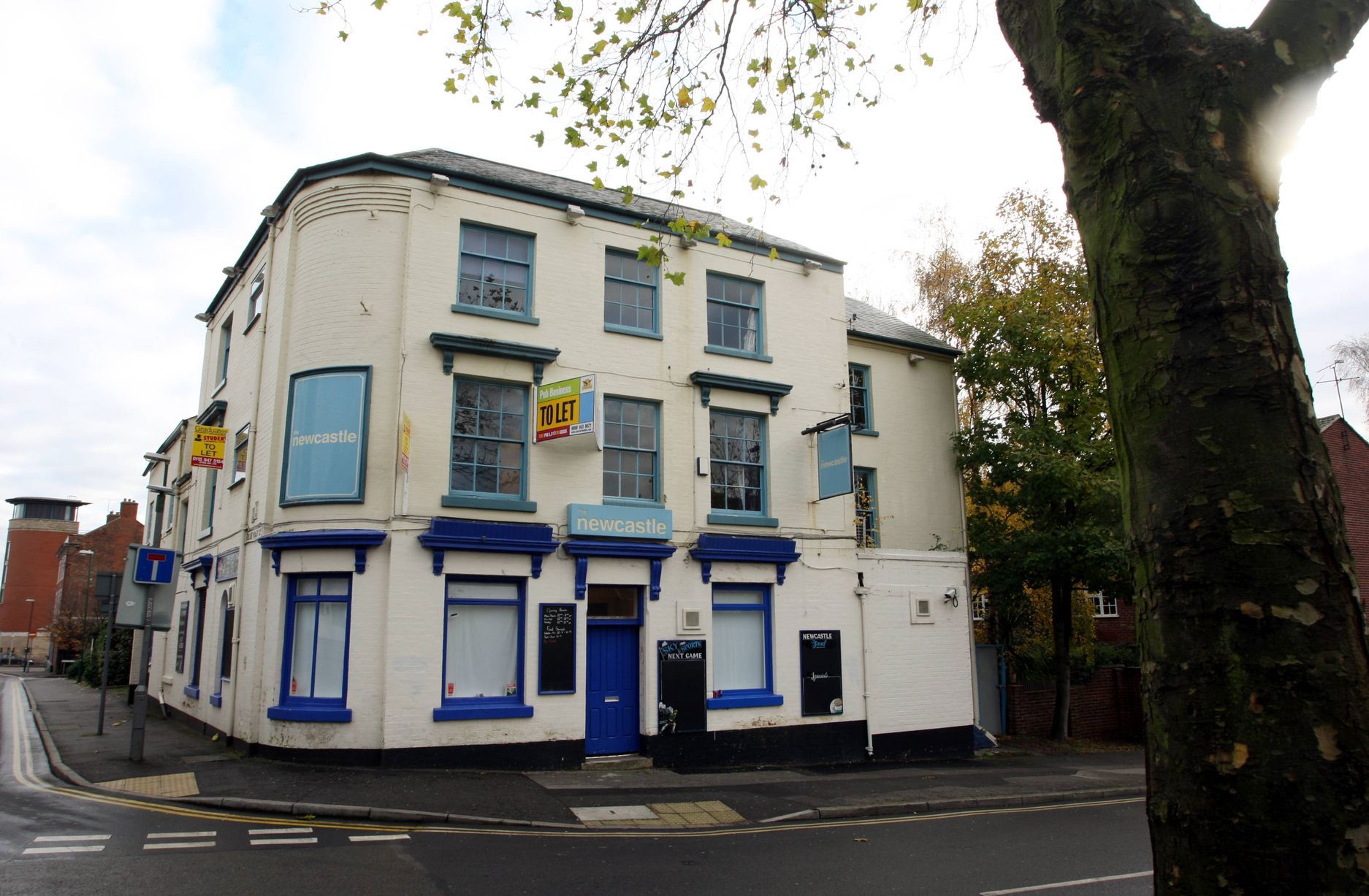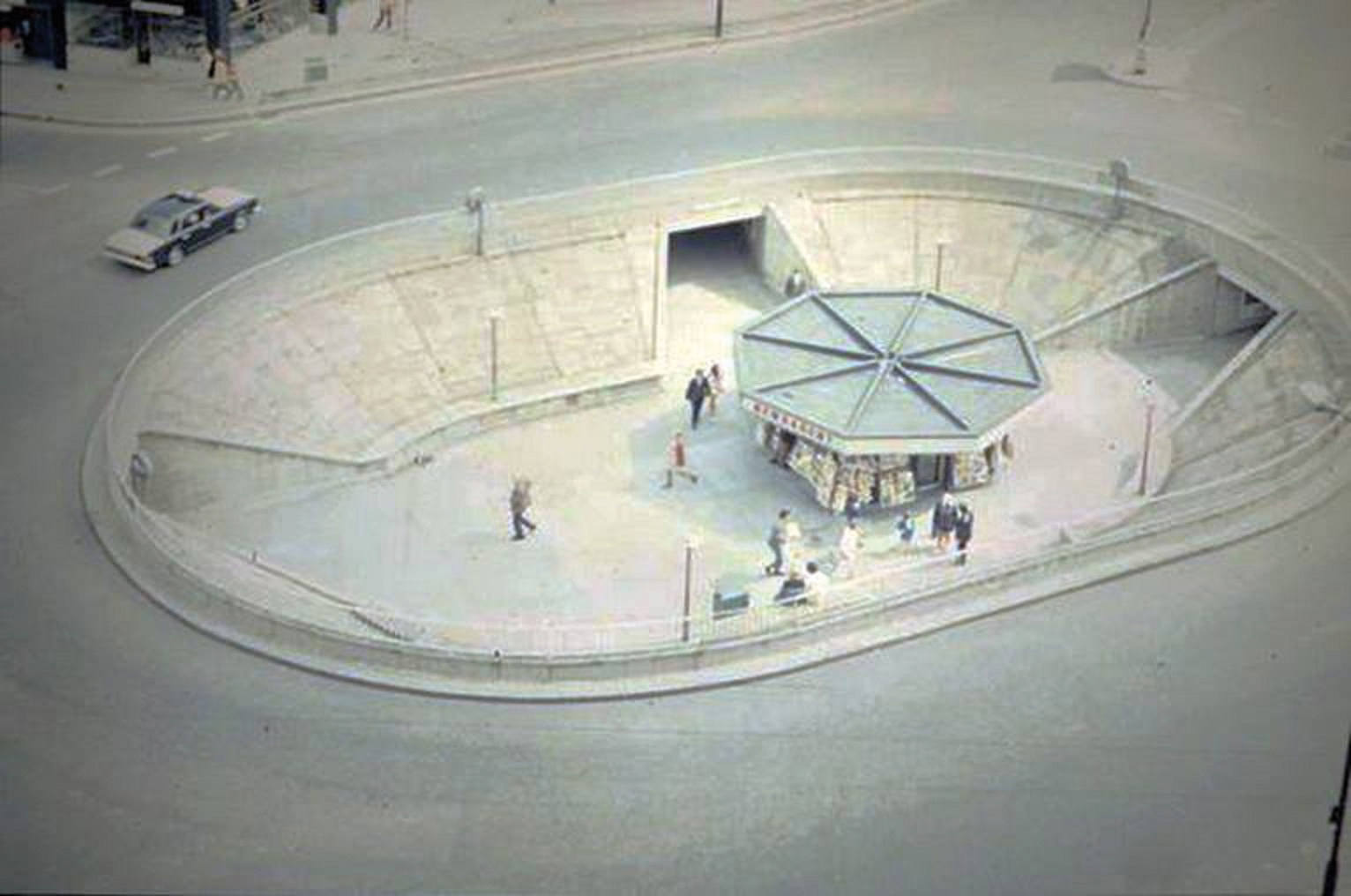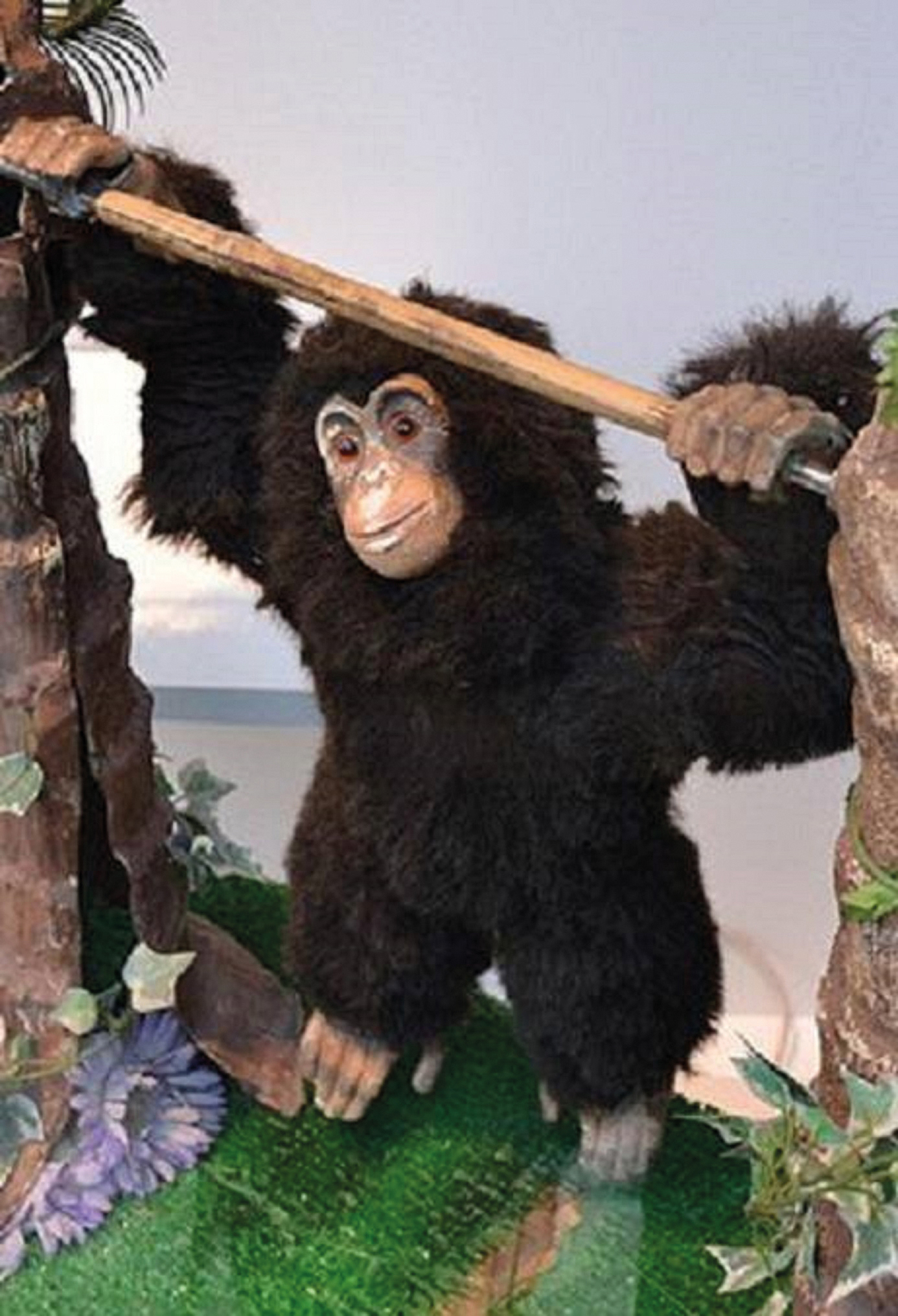Having recently published a new book that tracks the peculiar history of lost Nottingham buildings, Nottingham Hidden History team leader Joseph Earp told history editor CJ De Barra about how he took a detailed trip through time, discovering many of the stories hidden in our city streets.

There is a lot to be said for a long scroll through old photos of Nottingham. We live in a time where it can feel like if you blink, you’ll miss several new businesses opening and closing. This feeling of fleeting may contribute to our longing to connect to our past, or even further back to one we haven’t experienced but feel comforted by. The discovery of the hidden life of a building we experience today can be a fascinating find.
A new book by author and local historian Joseph Earp - Lost Nottingham - taps into this desire to know more about our city and our roots. The book, which has been released through Amberley Publishing, brings to life the legendary buildings of Nottingham, such as The Black Boy Hotel (Long Row), which sits alongside Selectadisc (Market Street) photos, and the Turkish Baths on Upper Parliament Street. This step back in time is curated so that modern history sits alongside photographs capturing the Goose Fair in the 1900s.
Given that Goose Fair lives on, but Selectadisc has sadly left us - what qualifies as ‘lost’ to Earp?
“Lost means anything that has been taken away or can never be recovered,” he says. “Anything can qualify as lost. The book shows the buildings and roads, churches, public buildings, commercial buildings, factories, residential buildings, shops, theatres, cinemas, parks, public spaces and other numerous places that have disappeared from Nottingham. It also includes local people, events, organisations, sports teams, etc, that have not survived the test of time but were once an important part of Nottingham.
The book shows the buildings and roads, churches, public buildings, commercial buildings, factories, residential buildings, shops, theatres, cinemas, parks, public spaces and other numerous places that have disappeared from Nottingham
“What makes them so Iconic is that people can still remember these lost Nottingham buildings and locations. They are still fresh in people's memories. Once they are gone, they are gone forever; they become part of bygone history. People always long for the past and remember these iconic Nottingham places.”
He's not wrong. Certain Facebook groups are dedicated to swapping stories and photos of the city and have memberships reaching millions. This includes those who have left Nottingham and moved across the world, but still feel that pull of home.


The photographs come from the collection of the late Paul Nix. Nix was the founder of the Nottingham Hidden History Team, which was initially formed in 1965 to document the caves being excavated. He then moved on to photographing the city amid its changes over the decades.
Incredibly, Nix took over 10,000 photographs which are backed by his research and work on Nottingham’s history. He also collected old photographs, slides, postcards, books, and documents.
“When Paul died in 2008, the Nottingham Hidden History Team and his collection nearly died with him. However, around 2010, Paul's vast Nottingham history collection was saved and eventually was bequeathed to us,” Earp explains.

A favourite chapter in the book is the section on pubs of the past. This, for many nostalgia hunters and history enthusiasts, is something of a beloved subject - this journalist included. Some pubs have slipped beyond memory, such as The Gate Hangs Well (1900-1905) near the Castle and The Beehive Inn (1920s) on Millstone Lane, but others are bound to spark some memories. Earp has included The Flying Horse (turned into an arcade in 1989), Queen Elizabeth on Bottle Lane (Closed in 2000), and the Newcastle Arms on North Sherwood Street, which closed in 2009.
The photos are backed with fascinating facts, stories, and research. It’s fascinating to find out that the owners of the Flying Horse paid £63 rent on the entire building in 1826, or that the Beehive Inn was supposedly the place where music hall promoter Sam Torr first showed John Merrick to the public as the ‘elephant man’.
In contrast, when reading the comments on old photographs of Nottingham on social media, people’s longing for the past reveals a belief that Nottingham has somehow slipped from its glory days. Earp disagrees that things are all doom and gloom.
“Nottingham is still a great city, has a lot to offer and has a vibrant heritage. I hope the book does a good job of highlighting what has been lost and shows the importance of looking after and preserving what is left of Nottingham's heritage.
“By looking at what has been lost, it in turn encapsulates our shared history, culture, and identity, providing us all with a tangible link to Nottingham's past,” he adds. “History is important. It enriches our understanding of where we come from, but it also plays a pivotal role in shaping our future.”
Lost Nottingham by Joseph Earp is available to buy at Amberley Books.
We have a favour to ask
LeftLion is Nottingham’s meeting point for information about what’s going on in our city, from the established organisations to the grassroots. We want to keep what we do free to all to access, but increasingly we are relying on revenue from our readers to continue. Can you spare a few quid each month to support us?




